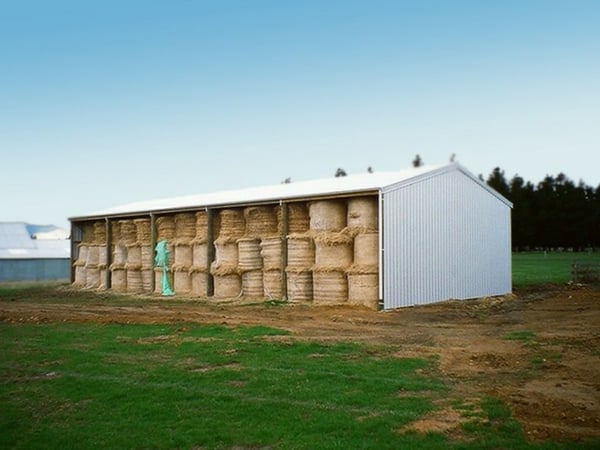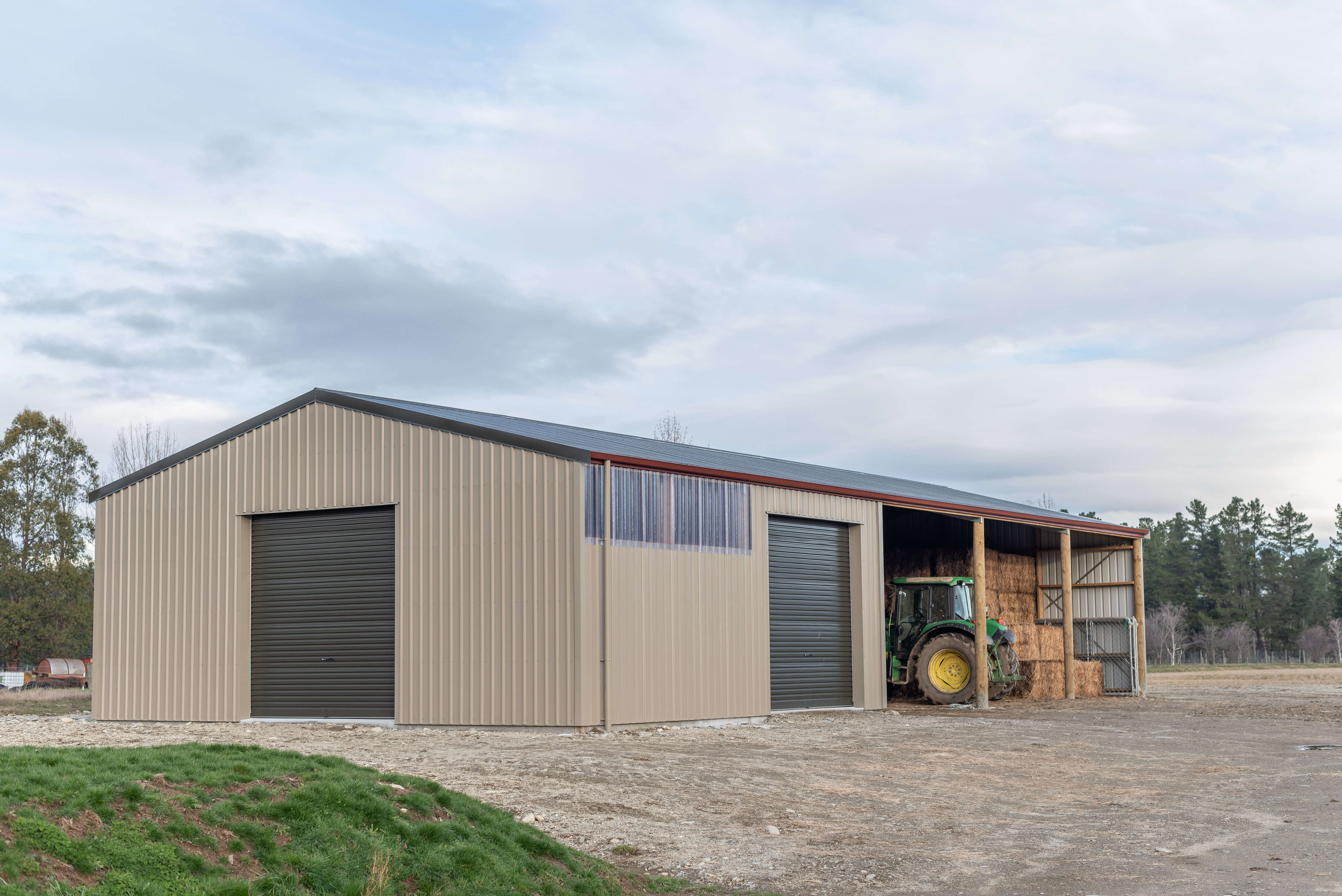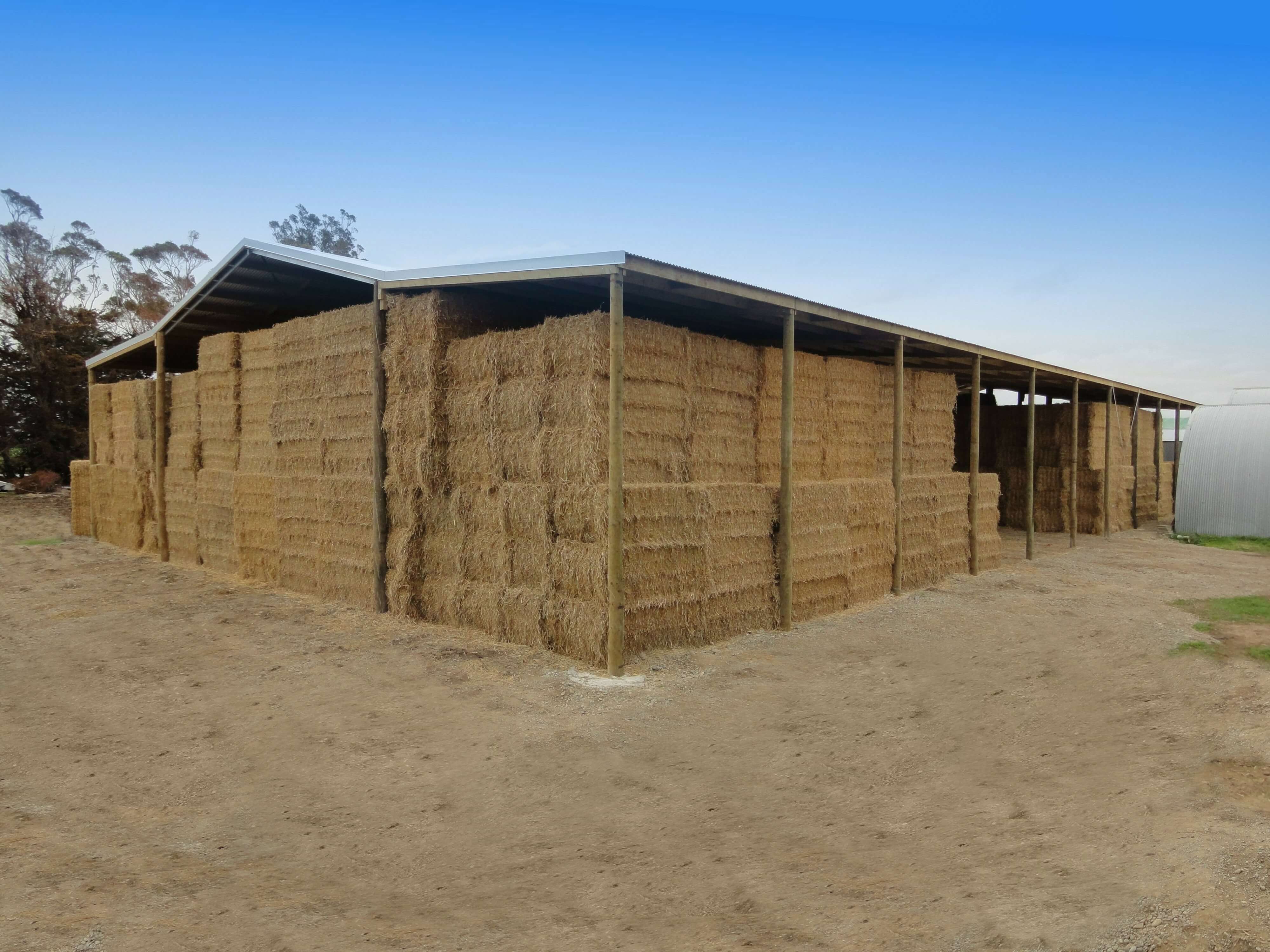There are a number of different ways to store hay and while each provides certain benefits there’s nothing quite like a shed for storing hay.
June 24th, 2020
3 min read







